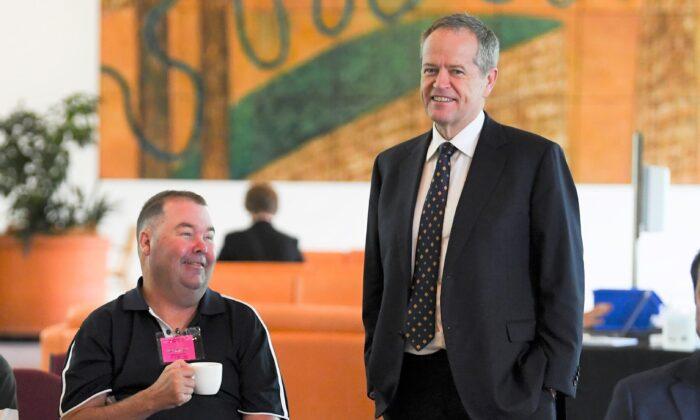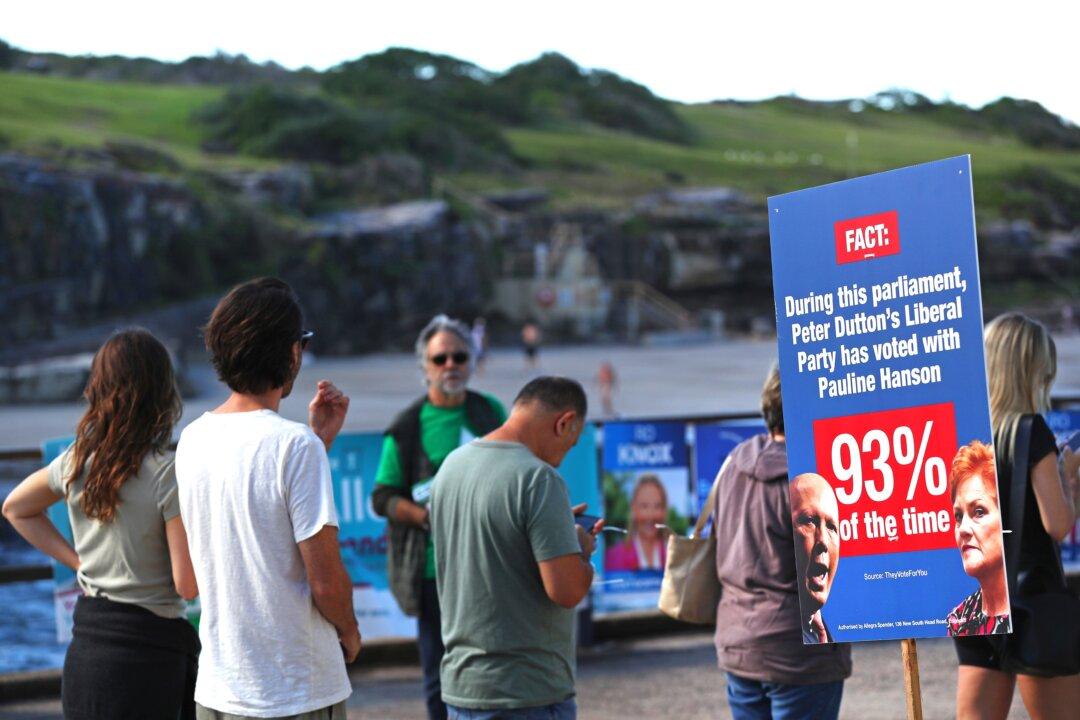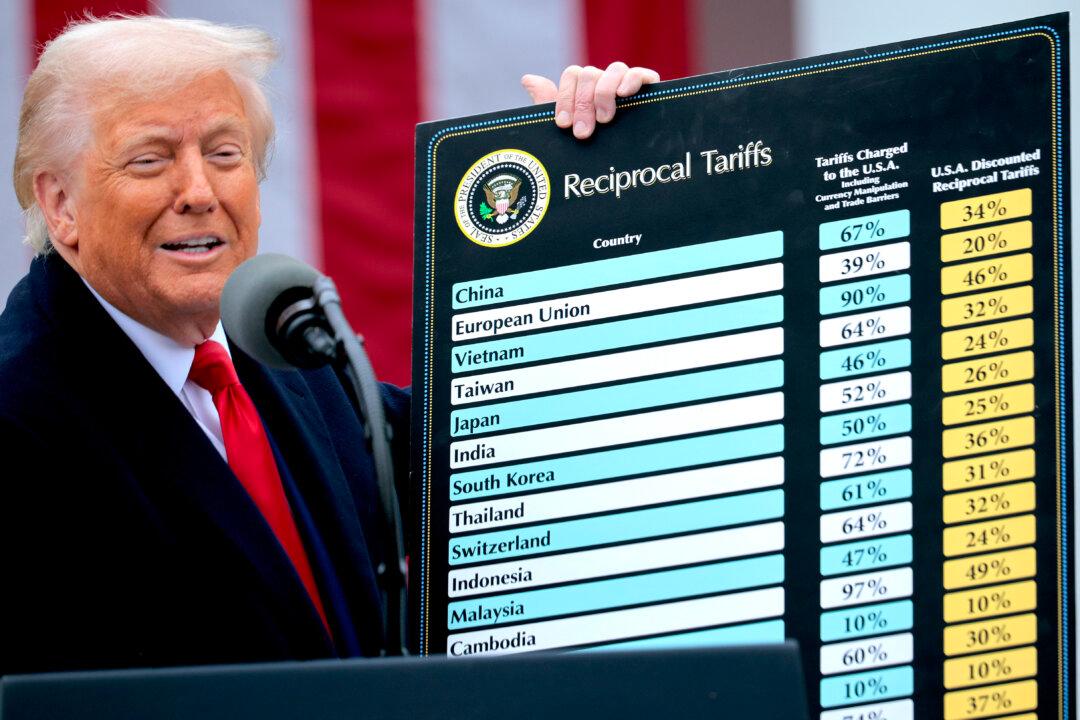The massive costs of Australia’s National Disability Insurance Scheme (NDIS)—tipped to hit $60 billion a year (US$42.7 billion) by 2029-30—will continue to escalate if changes are not introduced to arrest the ever-widening scope of services it tries to cover.
Clinical psychiatrist Tanveer Ahmed has also warned that the program has distorted parts of the health sector and fostered dependency among disabled individuals.
“It’s just become this world unto itself,” Ahmed told The Epoch Times. “And it has become this animal that can’t be stopped. The Liberal Party is struggling to contain it, and I don’t think the Labor Party have any chance at all.”
“It’s this absolute mammoth that will become a centrepiece of the Australian budget,” he said.
The ambitious NDIS program—established in 2013 under former Labor Prime Minister Julia Gillard—was designed to cover the financial cost of supporting Australians with disability.
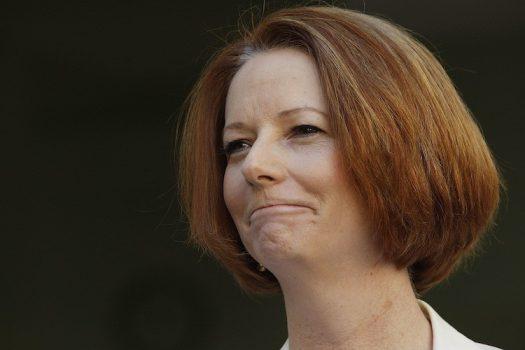
While initial estimates were for the program to cost $22 billion per year, a 2021 actuarial report from Taylor Fry found costs could reach $59 billion by 2029-30—by 2024, the government estimates costs to reach $33.3 billion (US$23.73 billion), outstripping the federal education budget and universal healthcare program Medicare ($31.4 billion in 2022-23).
Currently, over 500,000 Australians benefit from NDIS, with numbers expected to reach 860,000 by 2030.
“In western societies, extended and immediate families are almost expected to have no role or obligations to help sick family members, so there’s an assumption the NDIS will take care of that,” Ahmed said. “The most basic activities—like someone coming in to visit and make a cup of tea—you can ask NDIS for funding for that, and if you make a half-decent case, you’re likely to get it.”
“Autism is a very grey area—it’s a very big tent. You’ve got people who are geniuses, people who are mute, and people who are completely disabled,” he said. “I certainly don’t blame families, but it’s really driving everything towards the autism label.”
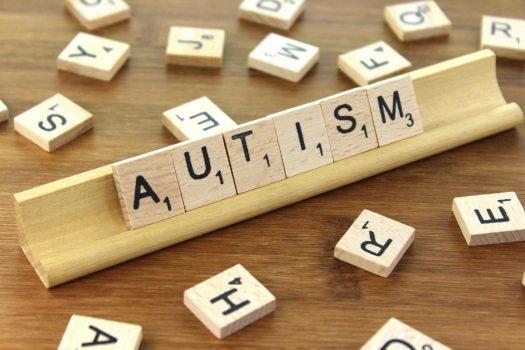
Patients were also being encouraged to apply for NDIS by medical professionals.
“A lot of people with a chronic disease that should be largely managed through the public health system—there’s an incentive to put everything on NDIS and get them off their books,” Ahmed said.
The psychiatrist noted the program was structured in a way to encourage reliance on funding rather than for individuals to find work and gain independence.
“Are we encouraging people with a disability to be more independent, have more agency, and take on more fulfilling social roles? Or are we encouraging them to take on the identity and victimhood of dependence?” he said, noting that in developing countries where social welfare programs were almost non-existent, disabled individuals would probably find work faster.
At the same time, however, Labor has promised to increase staffing levels by another 380 (costing around $157.8 million over four years) and add an expert review panel to ensure financial support is not “arbitrarily cut”—a situation the incumbent Coalition government has been criticised for, despite the well-publicised costing problems.
“Dealing with the NDIS should not be like having a second full-time job. We will return the NDIS to its original objective because at the moment; even if you get a good plan, there’s a constant fear it will be cut when it gets reviewed,” Bill Shorten, shadow minister for the NDIS, said in a statement.
Jean Cotchin, campaign manager of Every Australian Counts, claims the program is undergoing “death by a thousand cuts.”
“People with disability are being forced to jump through impossible hoops to access the essential supports and services they need,” she said in a statement.
However, Ahmed was not optimistic that the centre-left Labor Party—if elected—could make the tough decisions to properly reform the NDIS, noting as well that an increasingly large portion of the party’s base was people dependent on government support or projects, and there was little chance Labor “would want to reduce that.”
“It used to be people working in manufacturing linked to unions—that section of the economy is getting smaller and smaller. So, a big part of their base, along with educated professionals, are people working in the public sector, dependent on government contracts, or on welfare,” he said.
Terry Barnes, the former senior advisor to two federal health ministers under Coalition Prime Minister John Howard, warned that it was impossible for the federal government to “grant every wish” around health funding.
“You’ve actually got to make it worthwhile for people to put their own money into private healthcare,” he said. “But I think that’s been undermined by successive governments for the best part of 10-15 years.”
“There is this prevailing ideological mentality that every dollar spent in private health care is one dollar not spent in public health,” he said.
